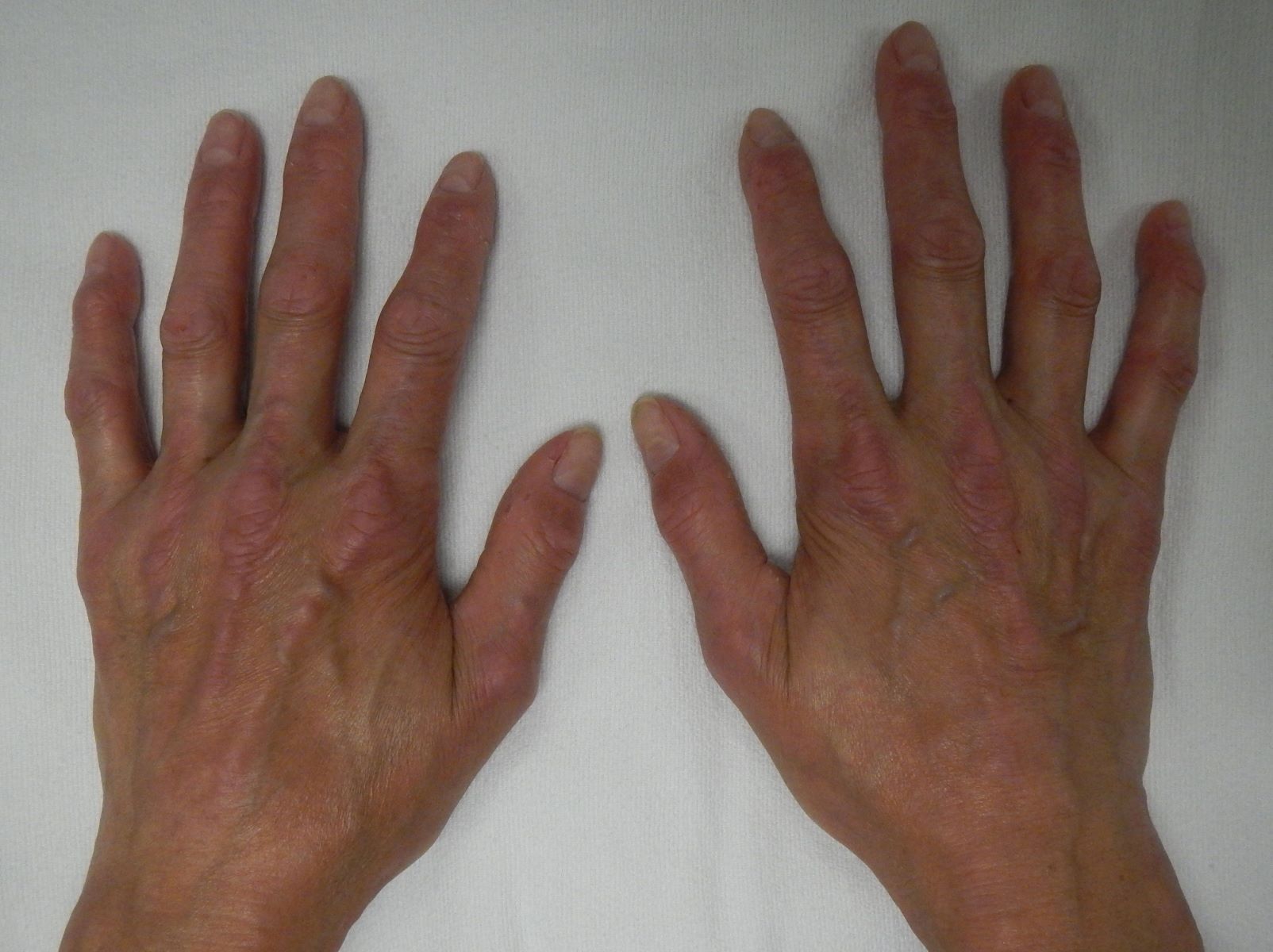
Crest Syndrome, also known as Limited Scleroderma, is a chronic autoimmune disease that affects the skin and other organs. It stands for Calcinosis, Raynaud's phenomenon, Esophageal dysfunction, Sclerodactyly, and Telangiectasia. These five symptoms are the hallmark of the condition. Calcinosis involves calcium deposits in the skin. Raynaud's phenomenon causes fingers and toes to turn white or blue in response to cold or stress. Esophageal dysfunction leads to swallowing difficulties. Sclerodactyly results in thickening and tightening of the skin on the fingers and hands. Telangiectasia manifests as small, dilated blood vessels visible on the skin. Understanding these symptoms can help in early diagnosis and management.
What is CREST Syndrome?
CREST syndrome, also known as limited scleroderma, is a subtype of systemic sclerosis. This autoimmune disease primarily affects the skin, blood vessels, and internal organs. The acronym CREST stands for Calcinosis, Raynaud's phenomenon, Esophageal dysfunction, Sclerodactyly, and Telangiectasia. Let's dive into some fascinating facts about this condition.
Calcinosis in CREST Syndrome
Calcinosis refers to the formation of calcium deposits in the skin and tissues. These deposits can cause discomfort and complications.
- Calcium Deposits: Calcinosis often appears as hard, white lumps under the skin, typically on fingers, elbows, and knees.
- Painful Nodules: These calcium deposits can be painful and may sometimes break through the skin, leading to sores or infections.
- X-ray Detection: Calcinosis can be detected through X-rays, which show the extent and location of calcium deposits.
Raynaud's Phenomenon
Raynaud's phenomenon is a condition where blood flow to extremities, like fingers and toes, is reduced, causing them to turn white or blue in response to cold or stress.
- Color Changes: During an episode, affected areas may turn white, then blue, and finally red as blood flow returns.
- Cold Sensitivity: People with Raynaud's are extremely sensitive to cold temperatures, which can trigger episodes.
- Numbness and Pain: Episodes can cause numbness, tingling, and pain in the affected areas.
Esophageal Dysfunction
Esophageal dysfunction in CREST syndrome affects the muscles of the esophagus, leading to swallowing difficulties and other gastrointestinal issues.
- Swallowing Problems: Difficulty swallowing, known as dysphagia, is common due to weakened esophageal muscles.
- Acid Reflux: Many patients experience acid reflux or heartburn because the esophagus doesn't function properly.
- Dietary Adjustments: Soft foods and smaller, more frequent meals can help manage esophageal symptoms.
Sclerodactyly
Sclerodactyly involves the thickening and tightening of the skin on the fingers and toes, making movement difficult.
- Skin Tightening: The skin on fingers and toes becomes tight and shiny, restricting movement.
- Joint Stiffness: This condition can lead to joint stiffness and deformities over time.
- Finger Ulcers: Tight skin can cause ulcers on the fingertips, which are painful and slow to heal.
Telangiectasia
Telangiectasia refers to small, widened blood vessels visible on the skin, often appearing as red spots.
- Visible Blood Vessels: These small blood vessels are most commonly seen on the face, hands, and inside the mouth.
- Cosmetic Concerns: While usually harmless, telangiectasia can be a cosmetic concern for many patients.
- Laser Treatment: Laser therapy can reduce the appearance of these blood vessels.
Other Complications of CREST Syndrome
Beyond the primary features, CREST syndrome can lead to other health complications affecting various organs.
- Pulmonary Hypertension: High blood pressure in the lungs' arteries can occur, leading to shortness of breath and fatigue.
- Kidney Issues: Some patients may develop kidney problems, including high blood pressure and renal crisis.
- Heart Involvement: The heart can be affected, leading to arrhythmias or heart failure in severe cases.
- Skin Changes: Apart from sclerodactyly, skin changes can include pigmentation changes and dryness.
- Fatigue: Chronic fatigue is a common symptom, impacting daily life and overall well-being.
Final Thoughts on Crest Syndrome
Crest Syndrome, a subset of scleroderma, affects many lives with its unique set of symptoms. Understanding calcinosis, Raynaud's phenomenon, esophageal dysfunction, sclerodactyly, and telangiectasia helps in managing this condition better. Early diagnosis and treatment can significantly improve quality of life. Regular check-ups, medications, and lifestyle changes play crucial roles in managing symptoms. Awareness and education about Crest Syndrome are essential for patients and their families. Support groups and resources can provide much-needed emotional and practical assistance. Remember, while Crest Syndrome presents challenges, many lead fulfilling lives with proper care and support. Stay informed, stay proactive, and never hesitate to seek medical advice when needed.
Was this page helpful?
Our commitment to delivering trustworthy and engaging content is at the heart of what we do. Each fact on our site is contributed by real users like you, bringing a wealth of diverse insights and information. To ensure the highest standards of accuracy and reliability, our dedicated editors meticulously review each submission. This process guarantees that the facts we share are not only fascinating but also credible. Trust in our commitment to quality and authenticity as you explore and learn with us.


